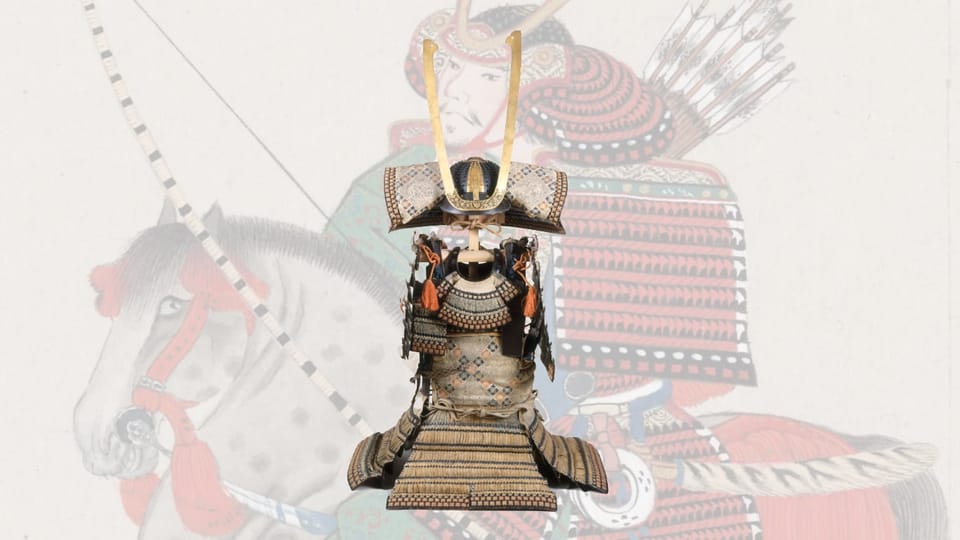The Evolution of Samurai Armor and Weapons

So there I was, launching VIKINGS vs SAMURAI, thinking, “Hey, this’ll be a fun, no-brainer kind of gig.” I mean, Vikings? Samurai? It’s ridiculous! Some sort of fever dream. Historically accurate? Hell no. It’s counterfactual, baby—pure, unfiltered fantasy. But here’s the thing: I didn’t realize how deep I’d have to dive. Turns out, to make this wild mashup breathe, to make it feel lived-in, I had to bury myself in books. I’m talking stacks on stacks of research, the kind that leaves your eyes bloodshot and your brain fried.
Now, let me set the record straight. Vikings and samurai? Never even crossed paths. Vikings were history by the time samurai were strutting around feudal Japan, flashing swords and stoic stares. So I planted the story in the Kamakura period, closest thing to a sweet spot where I could squint real hard and make the timeline sorta work. And oh man, what I found was gold. Samurai armor? Weapons? Forget the Kurosawa glamor, this stuff was a whole other animal.
Here’s where it gets good. Imagine our Kamakura samurai: mounted warriors decked out in these clunky, boxy suits of armor called ō-yoroi. Functional, sure, but heavy as hell. You’ve got your dō, a cuirass made of lacquered iron plates, all stitched up with silk cords. Elegant, but deadly. Then there’s the kabuto, their helmets, which weren’t just practical, they were pure swagger. Crests that screamed, “Mess with me, and you’ll regret it.” Swords? Long, curved tachi built for slicing heads clean off from horseback. These guys weren’t playing.
Fast forward to the Muromachi period, and everything’s changing. Forget the glamor shots of archers on horseback, this is infantry warfare now, brutal and messy. Armor? Slimmed down, lighter, tougher. Weapons? They ditch the tachi for the katana, the OG quick-draw slasher. And let’s not forget the yari, those long-ass spears that turned battlefields into blood-soaked nightmares. This was combat up close, personal, and ugly.
By the Sengoku period, it’s full-blown chaos. Civil wars ripping Japan apart. The armor gets leaner, meaner, more practical. They’re calling it gusoku now, and it’s designed to take a punch, or a bullet, because oh yeah—firearms have entered the chat. Portuguese arquebuses are in the mix, and samurai are scrambling to adapt. They start rocking kabuto with face masks. Creepy as hell, but effective. And the swords? Still katana, but the yari and even guns are running the show now. Samurai are evolving, or dying.
And then, just like that, it’s peace time. The Edo period rolls in, and the samurai swap blood for ceremony. Their armor? Ornate, over-the-top, dripping with lacquer and family crests. Think of it as the Gucci of war gear, more for show than survival. The swords? Oh, they’re still sharp, but now they’re symbols. Status, power, pride. You’ve got masterpieces from smiths like Masamune that are worth more than kingdoms. It’s no longer about winning battles, it’s about keeping up appearances.
So yeah, the evolution of samurai gear? It’s a story in itself. From heavy ō-yoroi to ceremonial tosei gusoku, from the slashing tachi to the legendary katana, it’s all a testament to how these warriors adapted, survived, and thrived. And for me? Digging into all this, piecing it together for VIKINGS vs SAMURAI, I’m not just writing a story anymore, I’m living it.
